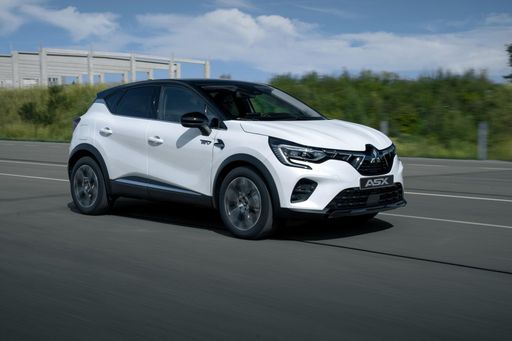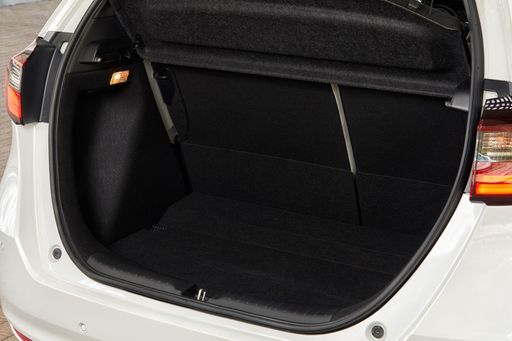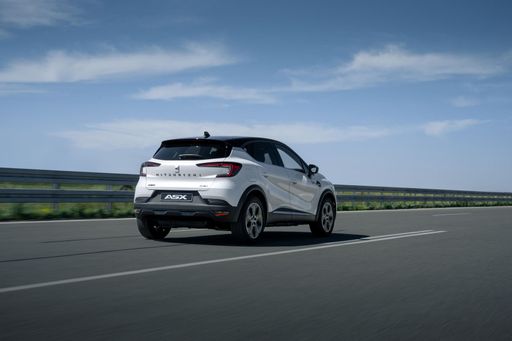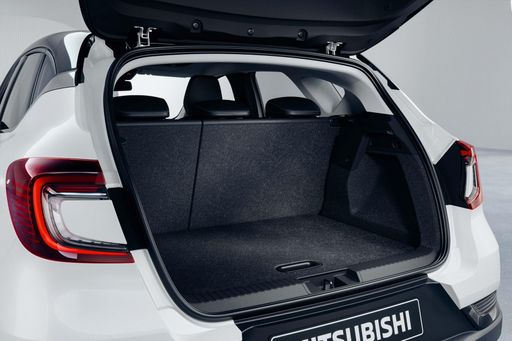The Compact Showdown: Honda Jazz vs. Mitsubishi ASX
In the ever-evolving automotive landscape, the desire for fuel efficiency, compact dimensions, and drivability is stronger than ever. Two vehicles that are embodying these requirements are the Honda Jazz and Mitsubishi ASX. Despite their similarities in class as urban-friendly vehicles, each offers a distinct experience to the driving enthusiast. Let's dive into the specifics to see what makes each model unique in its own right.









